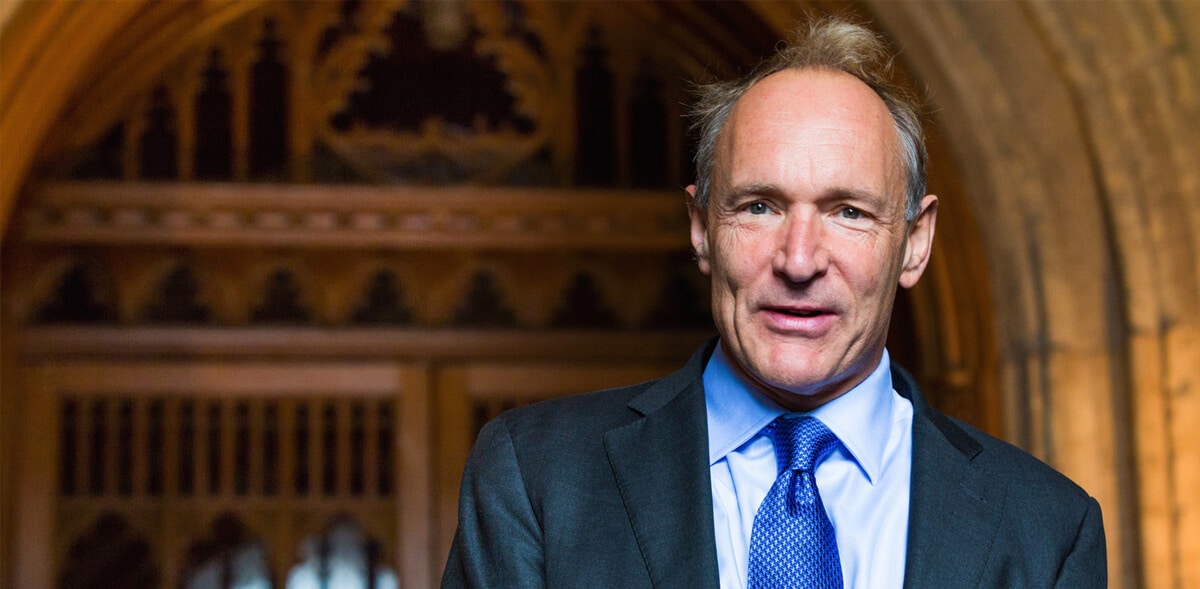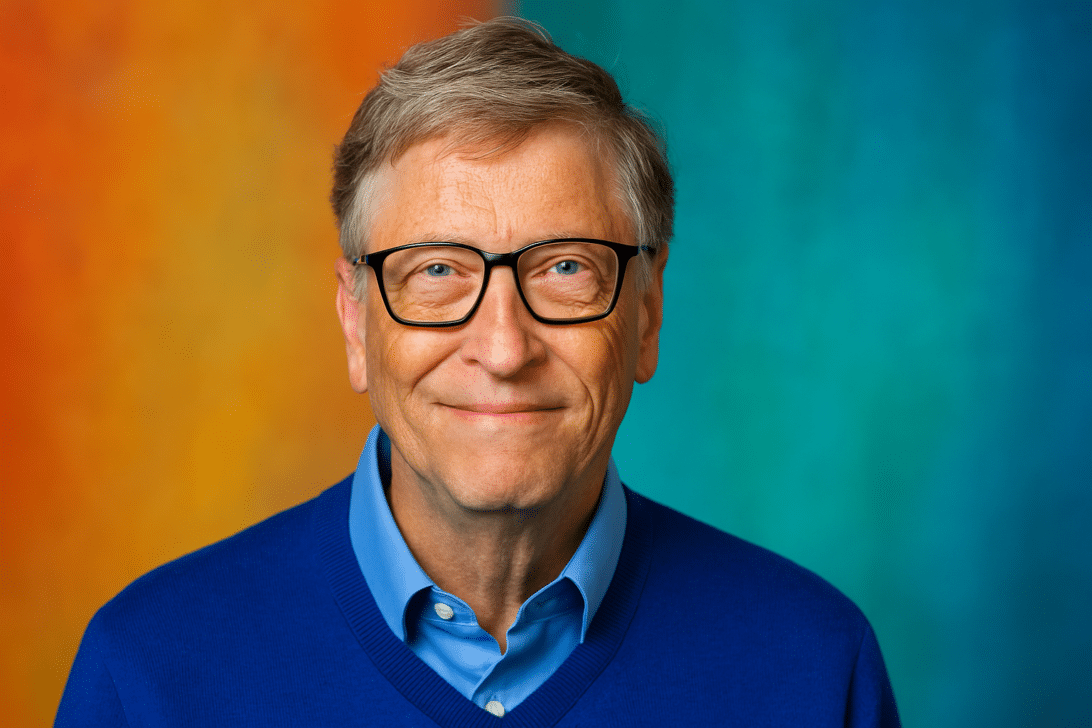Sir Tim Berners-Lee, the renowned inventor of the World Wide Web, and Rosemary Leith, co-founder of the World Wide Web Foundation, have announced the closure of the foundation after 16 years dedicated to advocating for an open and secure web. As the foundation concludes its operations, Berners-Lee reiterates his enduring commitment to the foundation’s overarching goals, notably through a new focus on the Solid Protocol.
Since its inception in 2009, the World Wide Web Foundation has spearheaded multiple key initiatives in the digital sphere. At that time, only 20% of the global population had internet access. Today, this figure has risen to nearly 70%, reflecting significant progress in expanding online access. The foundation played a pivotal role in promoting affordable internet for all, establishing the “1 for 2” benchmark, wherein 1GB of mobile data was not to exceed 2% of a person’s average monthly income.
This initiative has proven successful, with the Alliance for Affordable Internet now championing the “1 for 5” goal, aiming for the cost of 5GB of broadband, both mobile and fixed, to not exceed 2% of average monthly income globally by 2026. Additionally, the foundation has made significant strides in advocating for net neutrality across regions such as the EU, India, and the US.
The landscape of the internet has dramatically evolved, with most of the world now online at relatively affordable prices, and numerous organisations actively defending the rights of web users. Berners-Lee and Leith highlighted these developments as instrumental in their decision to wind down the foundation. Despite these achievements, they identified the increasing threat posed by dominant, centralised social media platforms, like Facebook, X, and Reddit. The centralisation and commoditisation of user data on these platforms starkly contrast with Berners-Lee’s original vision of a decentralised, empowering web.
Berners-Lee has described the original intent of the web as fostering collaboration, compassion, and creativity — the “three Cs” — to serve as a powerful tool for humanity. He noted that in its first decade, the internet largely fulfilled this promise by promoting decentralisation and empowering smaller, localised online communities. However, he acknowledges that today’s web does not align with his initial vision.
In response, Berners-Lee is shifting his focus towards the Solid Protocol, a collection of technologies and specifications that aim to decentralise the web and return control of data to individual users. Solid is designed to work with existing web standards, such as HTTP and REST, and proposes using secure personal web servers, known as pods, where users can store and manage their data. This model utilises WebID for decentralised identification and authentication, enabling individuals to specify who can access or use their data. The system is built on Linked Data formats like the Resource Description Framework, ensuring data remains under the user’s control rather than being stored by major corporate entities.
The pivot towards the Solid Protocol represents Berners-Lee’s ongoing effort to counter the centralisation of data and foster an internet landscape that truly empowers its users. The question remains whether Berners-Lee’s vision will gain sufficient traction in today’s corporate-dominated web environment to become a viable reality.
Subscribe
Sign-up to receive our newsletter





